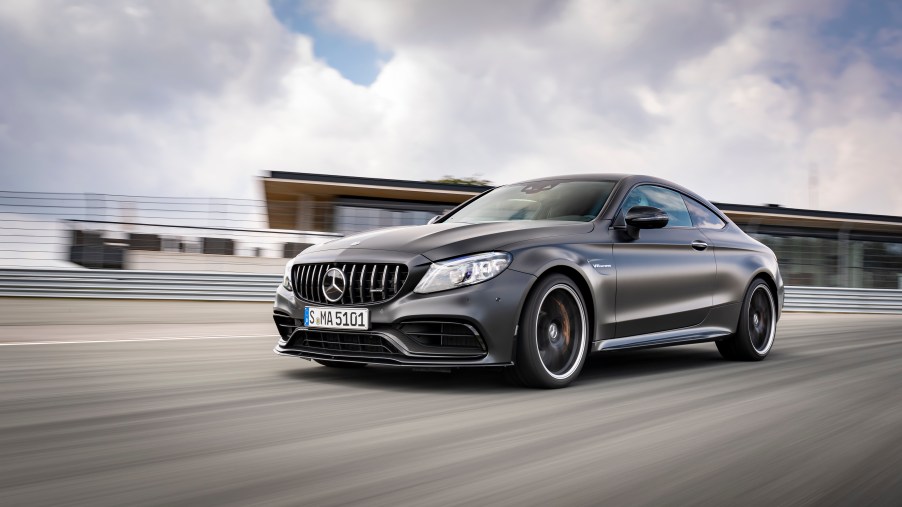
Why Do Similar Turbo Engines Make Different Power Figures?
Turbocharged engines are popular today. When it comes to talking about boost, however, many don’t understand exactly what the term means. When you have two displacement engines with the same exact boost, why does one put out more power than the other one? Is it boost or cubic feet per minute?
The folks at the Engineering Explained YouTube Channel explain how it all works.
Air creates power
According to Engineering Explained, when it comes to combustion engines, they want four things: fuel, compression, air, and spark.
If two engines offer the same boost and displacement, how can one produce more power than the other one? It depends on how much air you can get into the cylinders of the engine. With more air, you get more oxygen which lets you inject more fuel to create more power. Air is the deciding factor.
How do you get more air into an engine? Make the engine bigger. If you have a larger displacement, you can fill the engine with more air. Going from a 2.0-liter engine to a 4.0-liter engine allows you to get twice the amount of air for increased power. The displacement tells you the volume of air you have in the engine. That volume doesn’t change.
What does change is the density. Density refers to the amount of oxygen by mass that’s going into the engine. It’s the specific amount of power produced
It’s the throttle that controls the density, allowing air in or keeping it out, depending on what the car is doing. The throttle allows you to control how much power the vehicle is producing at any given moment.
The use of superchargers, turbochargers, intercoolers, and throttle is to change the density of air to produce greater power.
Ambient conditions
Manifold pressure is just one component that determines how much oxygen you can get into the combustion chamber of your engine. Humidity, pressure, and temperature also have an impact on how the engine performs and power output.
As the air heats up, it expands and uses more space. But that reduces the density as a result along with the amount of power you have available. Humidity affects it to a lesser extent. The higher the humidity, the less power you’ll have but the impact isn’t as big. Humidity means more moisture that takes up space.
Pressure comes into play when you’re in higher elevations. With less pressure, you will be able to produce less power, particularly in a naturally-aspirated engine. A turbocharged or supercharged engine, able to force more air into the engine, wouldn’t lose as much power.
Turbochargers increase the pressure in engines. This pulls in more oxygen allowing the engine to produce more power. Intercoolers drop the engine’s temperature allowing it to get more oxygen into the engine to produce more power that way.
Pulling it all together
It all comes down to the size of the turbocharger and how efficiently it compresses the air. The air is heated in the compression process which makes it expand.
Smaller turbochargers work harder to heat air and make the process less efficient with the result being less power. It may get 20 PSI, the same as a larger turbocharger, but since it’s created more heat, there is less air mass in the engine resulting in less power.
With the difference in temperature, you get very different power results between a small turbocharger and one that’s larger and more capable.
When an intercooler is used, more power is produced. When the temperature is not as high, there’s room for more air mass, more oxygen, in the engine. With more oxygen, more power is produced.
By evaluating manifold density as opposed to just the boost, you can determine how much air is getting into your engine. By also taking into consideration air/fuel ratios, efficiency, and ignition timing, you can answer the question of why more boost doesn’t necessarily mean more power.


